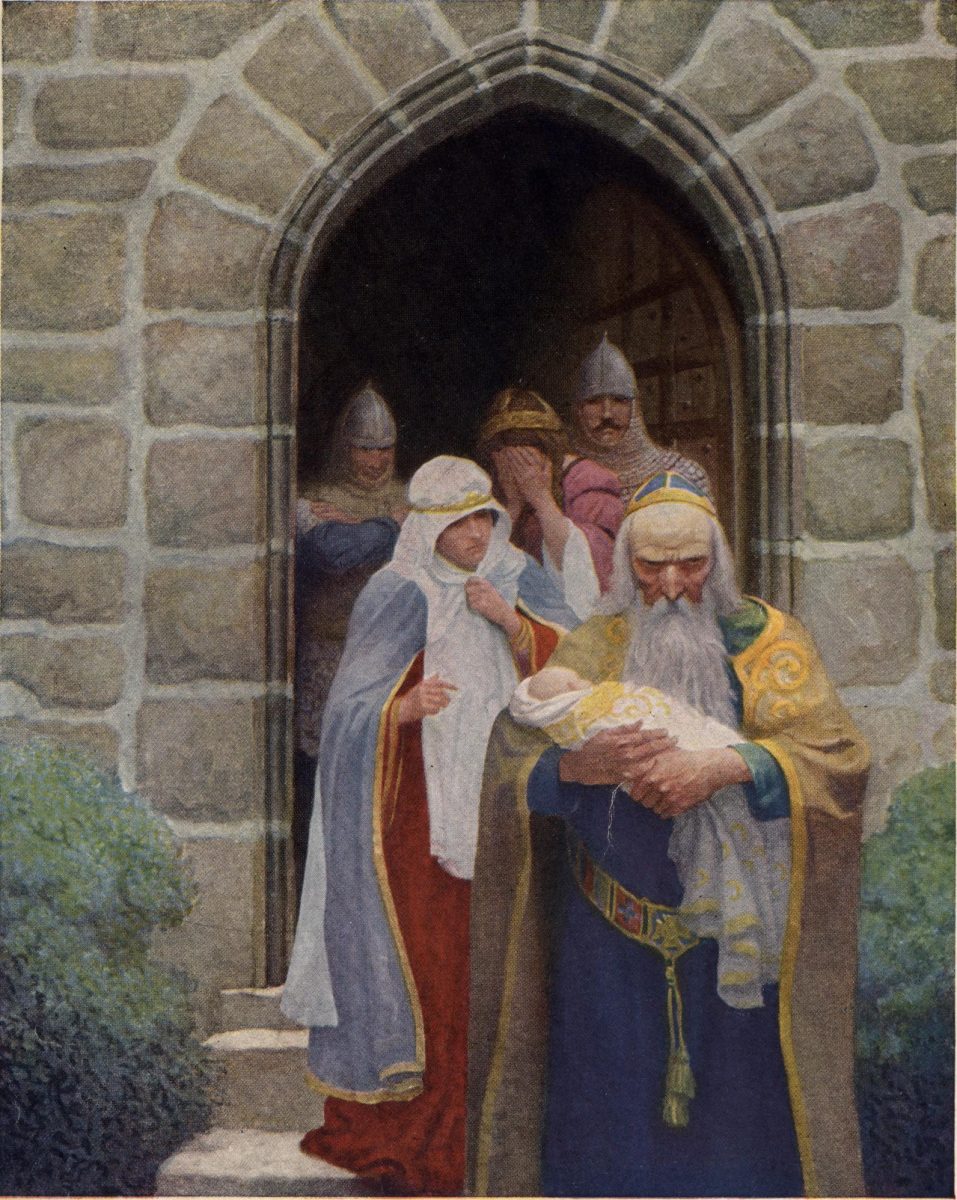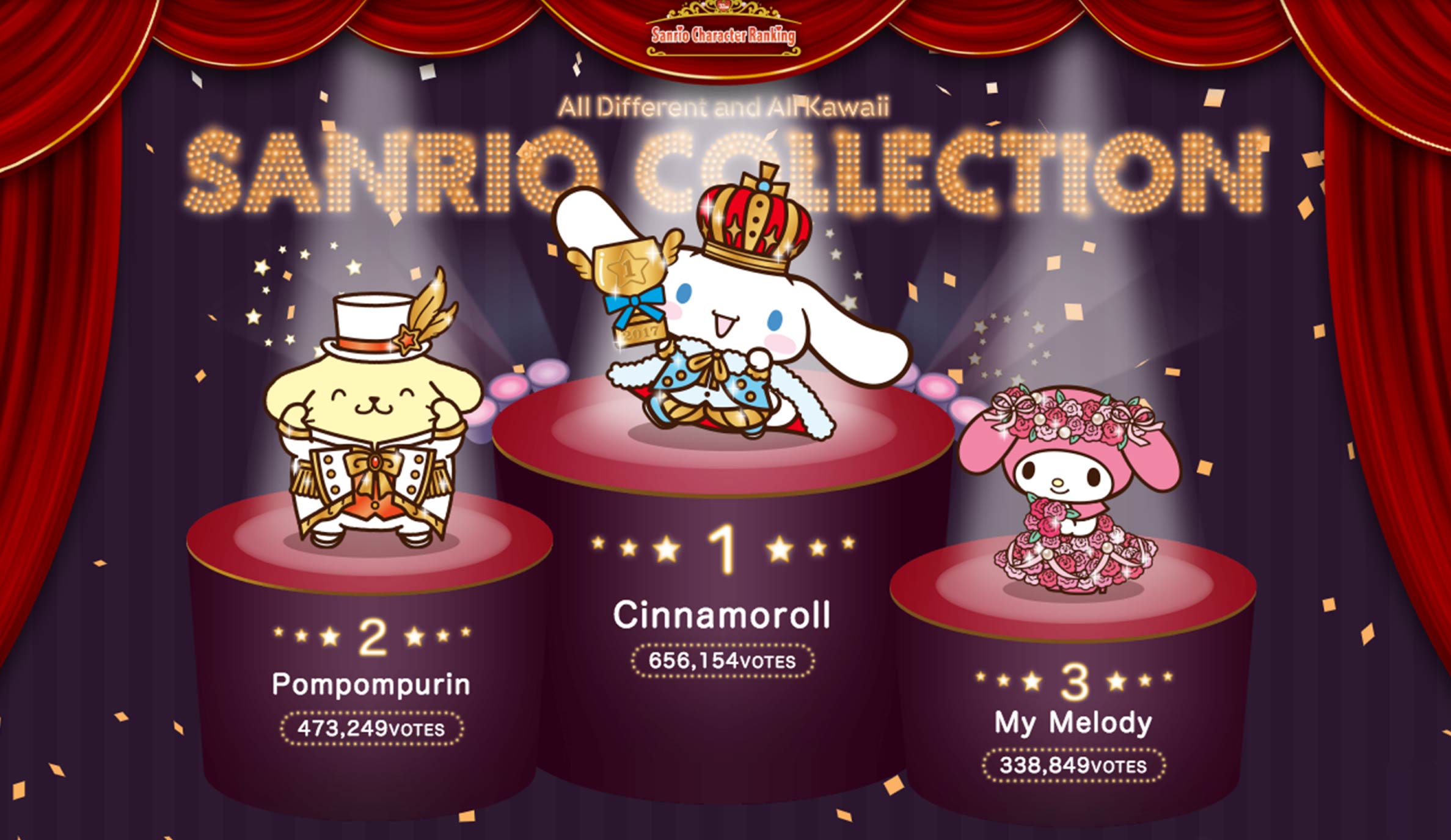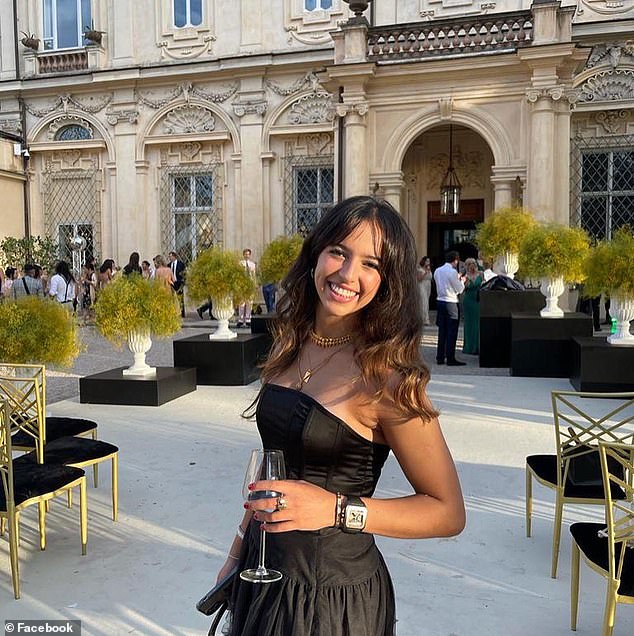Discovering The Medieval Legend: Merlin, Arthur, And A Book Cover's Hidden Story

Table of Contents
The Evolution of Merlin's Portrayal on Book Covers
Merlin Ambrosius, or Merlin the Enchanter, the enigmatic wizard at the heart of the Arthurian legend, has seen his image evolve dramatically across centuries of book cover art history. His portrayal reflects not only artistic trends but also shifting societal perceptions of magic, wisdom, and power.
-
Early depictions: Early illustrations often emphasized Merlin's wisdom and age. He's frequently depicted as a bearded old man, clad in flowing robes, his gaze imbued with ancient knowledge. These images focused on his prophetic abilities and his role as a mentor figure. Think of the serene, almost scholarly depictions common in early printed editions.
-
Victorian era interpretations: The Victorian era brought a more dramatic and romanticized portrayal of Merlin. His magical abilities and mystical powers took center stage. Book cover design during this period emphasized theatricality, often depicting him in dynamic poses, surrounded by swirling mists and magical effects. The focus shifted from sage-like wisdom to potent, awe-inspiring sorcery.
-
Modern representations: Contemporary book cover design explores diverse facets of Merlin's character. He is no longer simply a wise old man or a powerful sorcerer; modern interpretations showcase his complexity, portraying him as a manipulative figure, a tragic hero, or even an anti-hero. The ambiguity inherent in the character allows for creative exploration in visual representation.
-
Analysis of specific examples: Consider the stark contrast between a 19th-century book illustration showing Merlin as a noble, if somewhat sinister, figure in flowing robes, compared to a modern cover depicting him as a rugged, even battle-scarred, sorcerer, wielding magical energy. The symbolism shifts from quiet power to overt, almost violent, magical might. The colors used – deep blues and greens for older interpretations, contrasting with fiery oranges and reds in modern ones – further highlight this evolution.
King Arthur's Iconic Image: A Book Cover Perspective
King Arthur, the legendary ruler of Camelot, is another figure whose visual representation has dramatically shifted over time. His image on book cover design reflects the changing perceptions of his character and the Arthurian romance itself.
-
The rise of Arthurian romance: The increasing popularity of Arthurian romances directly influenced the way Arthur was depicted. Early illustrations often portrayed him as a righteous, almost saintly king, embodying chivalric ideals. Later interpretations, influenced by the tragic elements of the legend, showed a more complex and vulnerable figure.
-
Visual elements: Common visual representations on book covers include Excalibur, the legendary sword, symbols of the Round Table representing his court and ideals of fellowship, and majestic castles symbolizing Camelot. The crown, though often present, varies in style, reflecting the degree of royal authority being emphasized.
-
Different artistic styles: Comparing and contrasting various artistic approaches reveals fascinating insights. Some portray Arthur as a heroic warrior, a noble leader, radiating strength and power. Others present a more romantic figure, often surrounded by ladies of the court, emphasizing his courtly love. Still others adopt a tragic approach, highlighting the inevitable downfall and loss inherent in the Arthurian legend.
-
The impact of specific artists: Illustrators have significantly shaped our collective imagination of Arthur. Studying their work reveals distinctive styles and interpretations, influencing how subsequent artists depict the king. The visual styles range from the highly detailed and realistic to the stylized and symbolic.
The Symbolism and Hidden Meanings Within Book Cover Designs
The symbolism employed within book cover design for Arthurian literature is rich and multifaceted. Understanding this visual language unlocks a deeper appreciation of the stories themselves.
-
Decoding symbolic elements: Dragons often represent chaos and the untamed wilderness, while eagles may symbolize power and authority. The Holy Grail, frequently depicted, holds a multitude of symbolic interpretations representing spiritual quests and the pursuit of ideal values.
-
Color symbolism: The use of color is far from arbitrary. Deep blues and greens often evoke a sense of mystery and magic, whereas reds and golds can represent royalty, power, and passion. These choices significantly influence the overall mood and aesthetic.
-
The use of typography: The font choice itself contributes significantly to the overall impression. A bold, medieval-inspired font evokes a sense of antiquity, whereas a more modern font might suggest a contemporary retelling of the classic tale.
-
Subtle details: Careful observation reveals subtle details – the placement of characters, the inclusion of specific objects, even the choice of background – all contributing to the narrative suggested by the book cover. This visual narrative is often far more nuanced than initially apparent.
The Intertwined Stories of Merlin and Arthur: A Visual Narrative
The relationship between Merlin and Arthur is central to the Arthurian legend. Book cover design often reflects this complex dynamic.
-
How book covers visually represent their complex relationship: Covers often place Merlin and Arthur together, emphasizing their shared destiny. The physical placement – Merlin guiding Arthur, or both sharing a significant moment – directly reflects their relationship.
-
Analyzing covers that emphasize their shared destiny: Many covers visually highlight their intertwined destinies through symbolic imagery or spatial arrangement. The juxtaposition of Merlin's wisdom and Arthur's youthful ambition becomes a visual metaphor.
-
The use of composition and layout to highlight their connection: The use of complementary colours, or the mirroring of their poses, subtly connects the two characters, emphasizing the influence that Merlin has over Arthur's fate.
-
Comparing and contrasting individual and group portraits of both characters: Studying different book covers allows analysis of how their individual character traits are presented in relation to each other; are they depicted as equals or does the imagery highlight Merlin's superiority and mentorship role?
Conclusion
This exploration of Merlin and Arthur's portrayal on book covers reveals the power of visual storytelling in shaping our understanding of these legendary figures. From the subtle symbolism to the evolving artistic interpretations, book covers offer a unique window into the enduring appeal of the Arthurian legend. The artistry goes beyond simple decoration, acting as a crucial element in the marketing and interpretation of these enduring tales.
Call to Action: Delve deeper into the world of Merlin and Arthur! Explore the rich symbolism on book covers and discover the hidden stories they reveal. Continue your journey into the Arthurian legend and uncover the fascinating visual narratives that these iconic characters inspire. Examine book cover design from different eras and authors to understand how the Arthurian legend has evolved through visual interpretation.

Featured Posts
-
 6 Sanrio
May 10, 2025
6 Sanrio
May 10, 2025 -
 How Donald Trumps First 100 Days Impacted Elon Musks Net Worth
May 10, 2025
How Donald Trumps First 100 Days Impacted Elon Musks Net Worth
May 10, 2025 -
 Nottingham Attack Survivors Emotional Plea Following Valdo Calocanes Crimes
May 10, 2025
Nottingham Attack Survivors Emotional Plea Following Valdo Calocanes Crimes
May 10, 2025 -
 The Rise Of Wildfire Betting A Look At The Los Angeles Situation
May 10, 2025
The Rise Of Wildfire Betting A Look At The Los Angeles Situation
May 10, 2025 -
 Arkema Premiere Ligue Dijon Psg Un Match Au Couteau
May 10, 2025
Arkema Premiere Ligue Dijon Psg Un Match Au Couteau
May 10, 2025
